I talked to Greg Peterschmidt of Agilent today about their integration of Advanced Design System (ADS) with ClioSoft’s SOS Design Data Management that was announced today. The integrated product is known as SOS viaADS. Greg is the ADS Product Planning Manager.
ADS is the market leader for design of very high frequency stuff… Read More

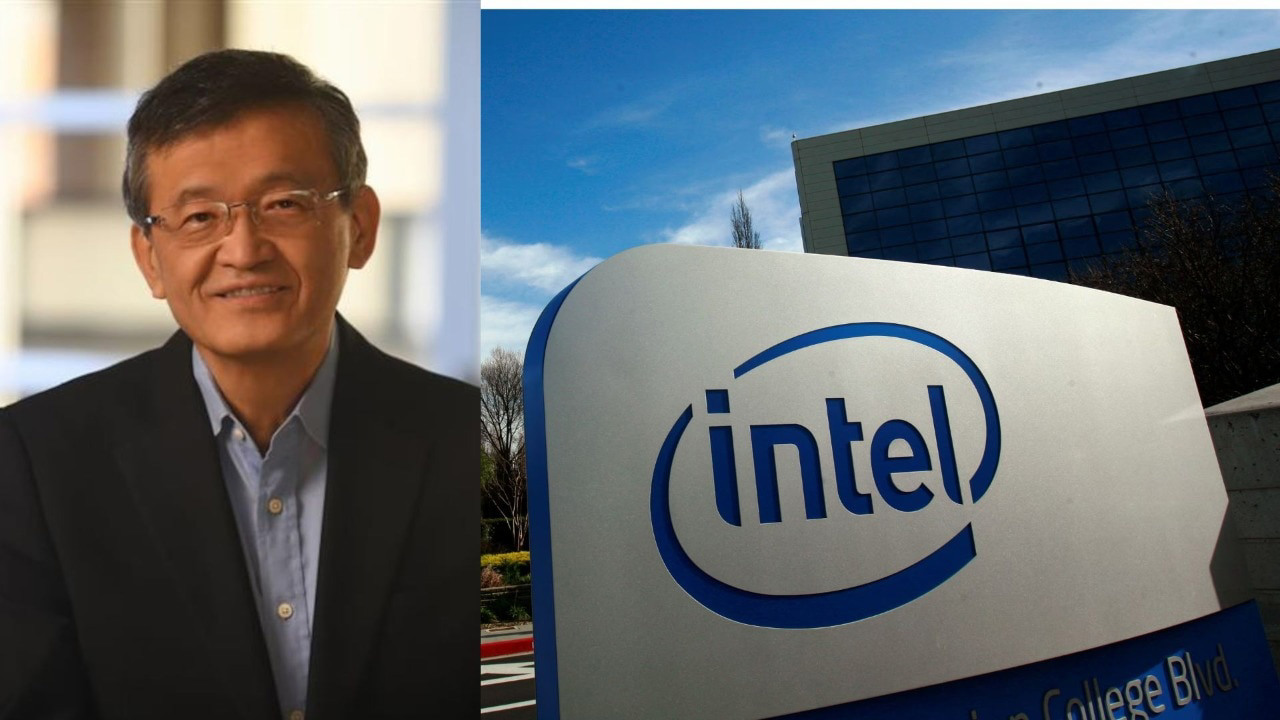

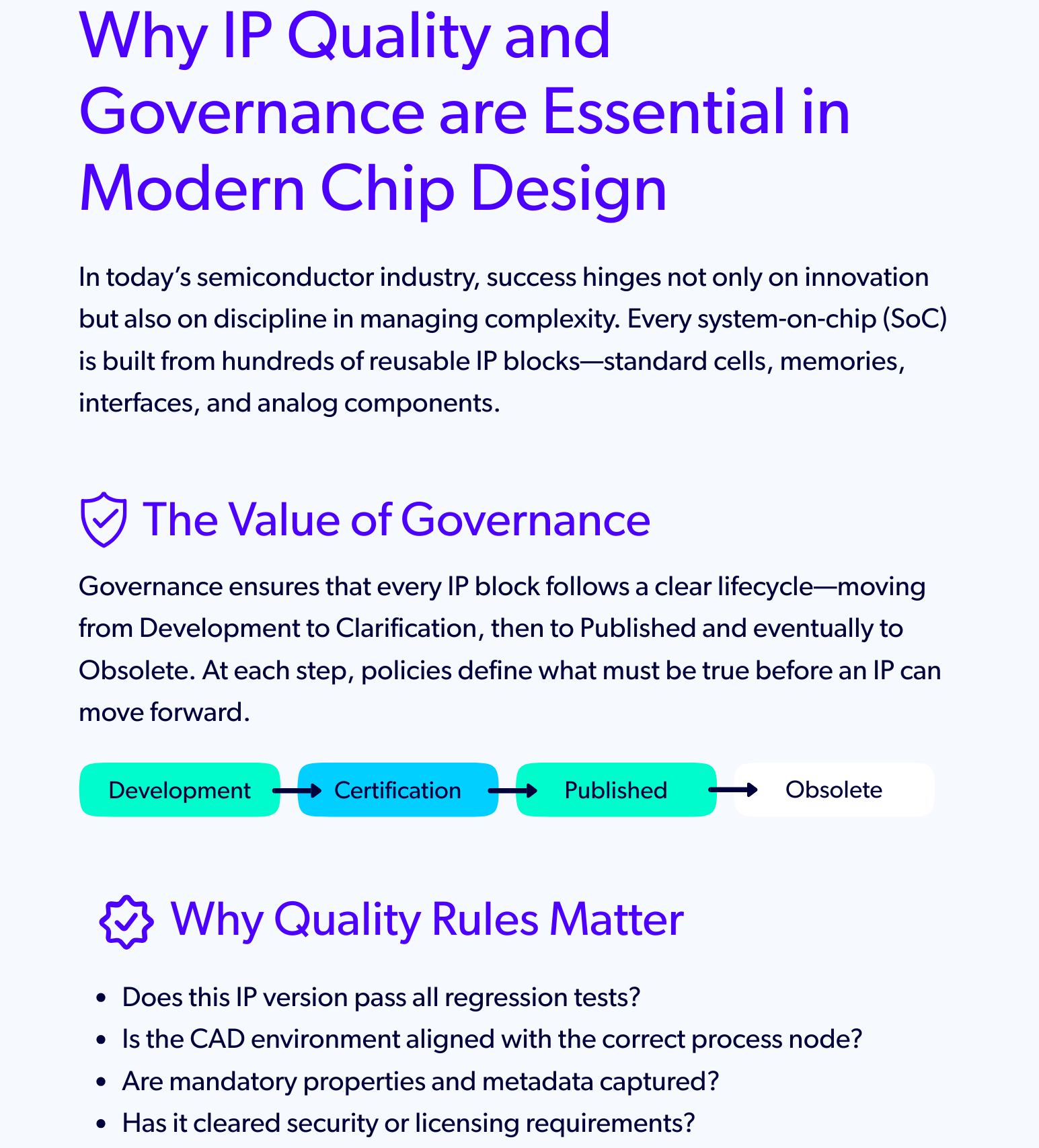
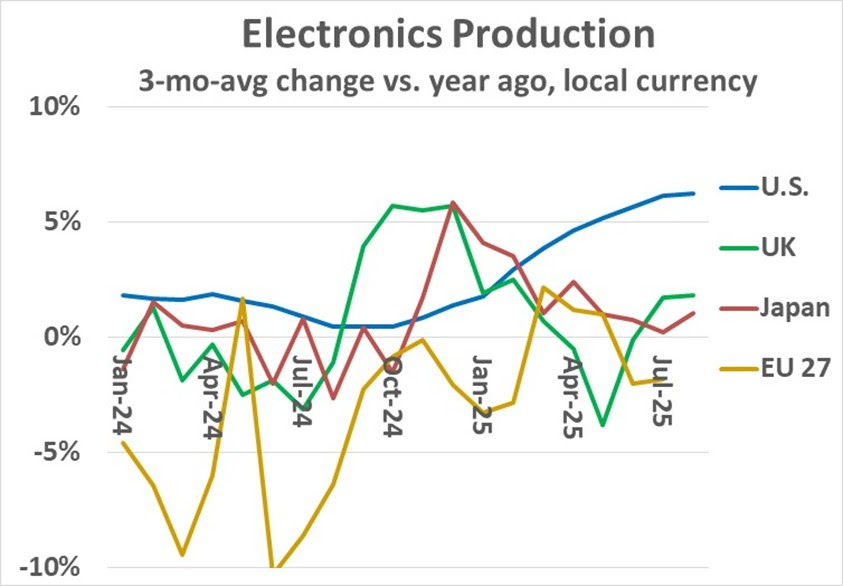
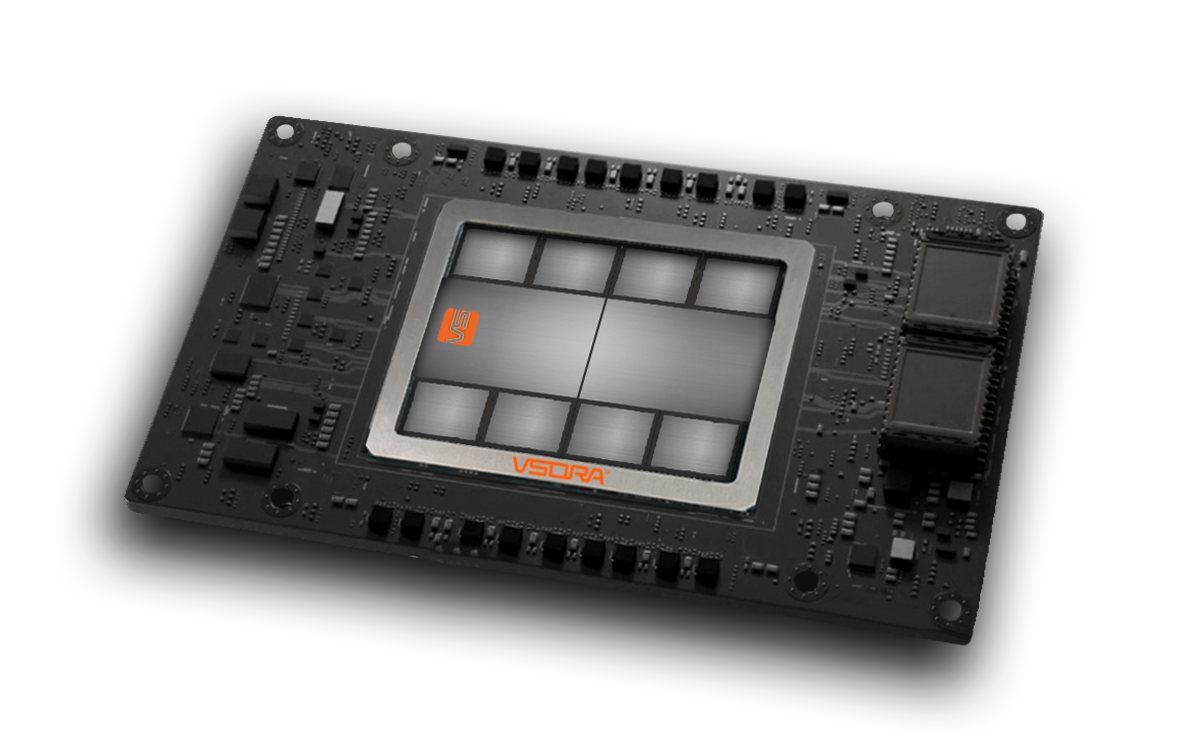





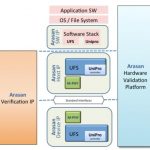
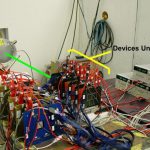



PDF Solutions Charts a Course for the Future at Its User Conference and Analyst Day